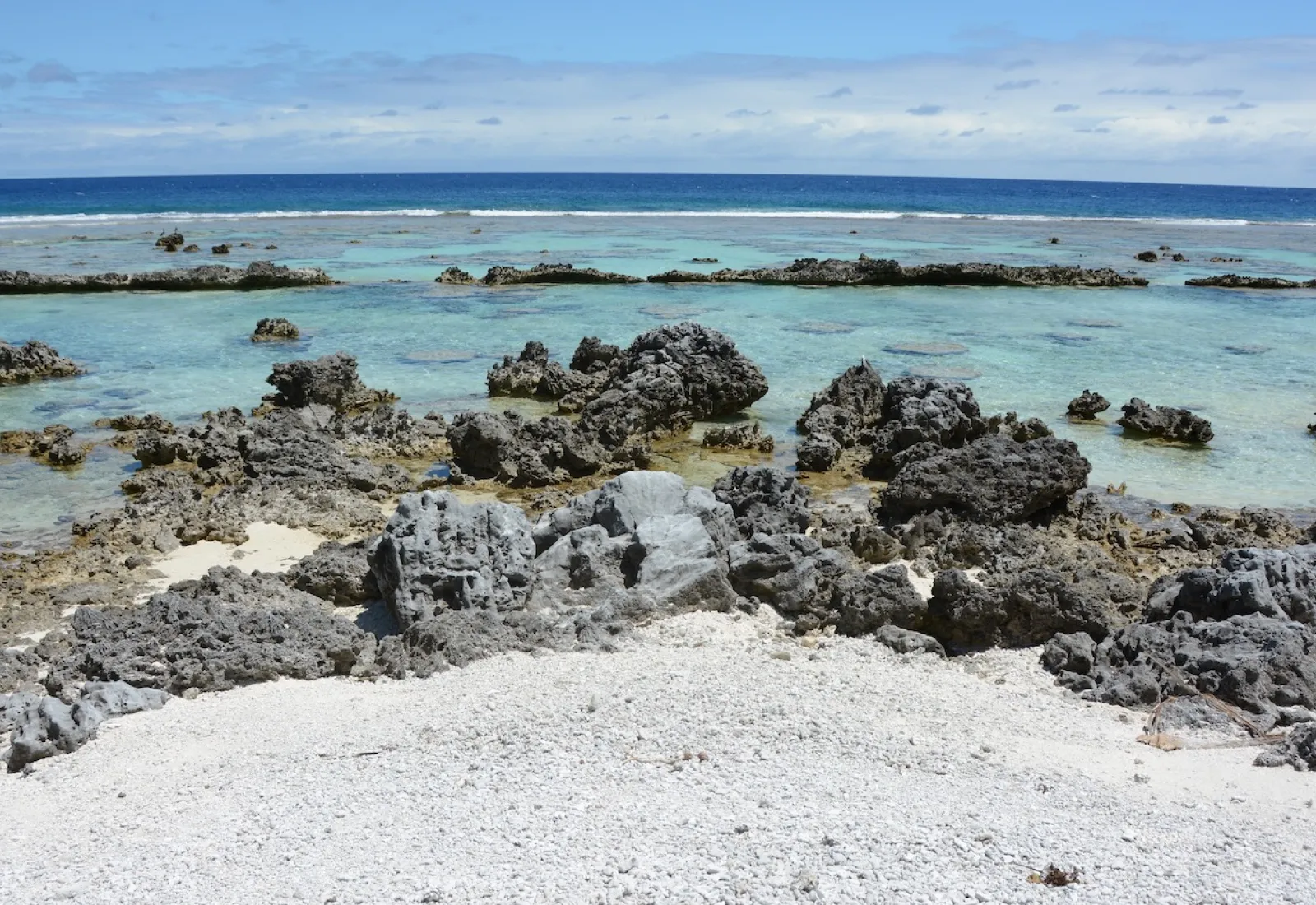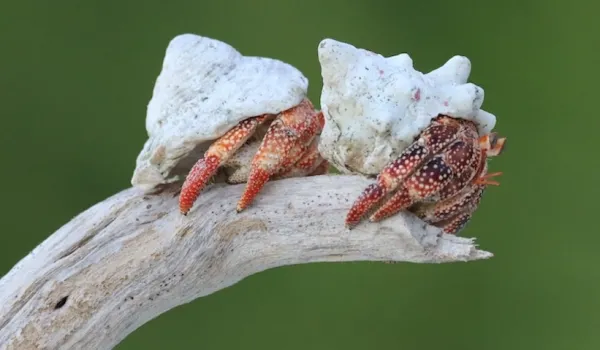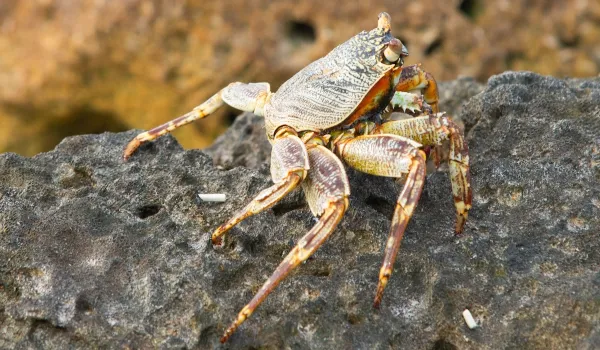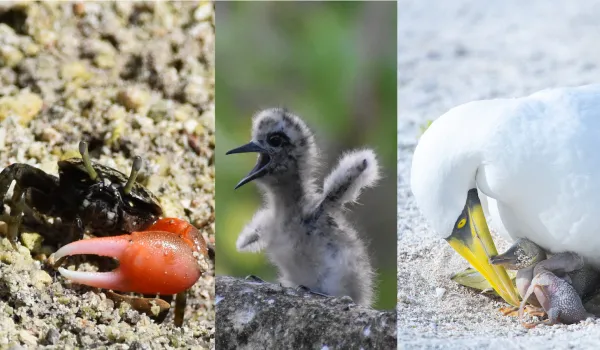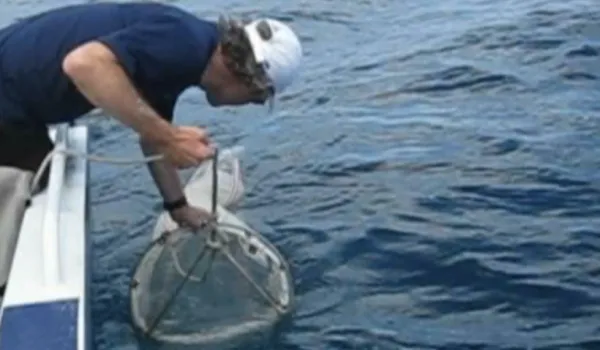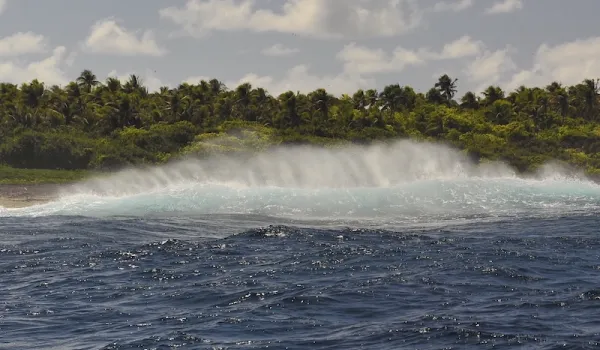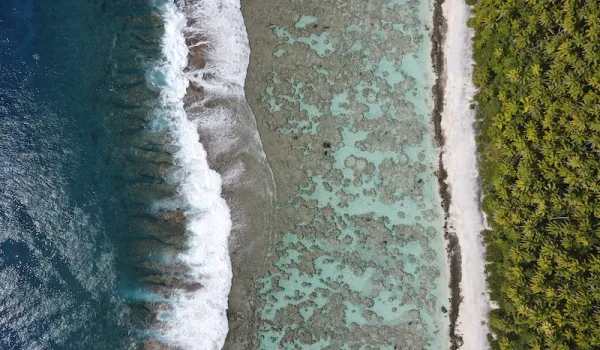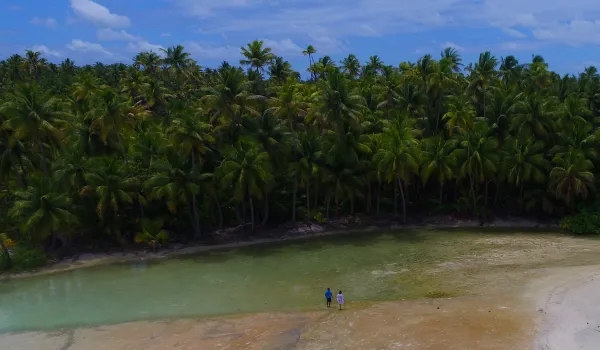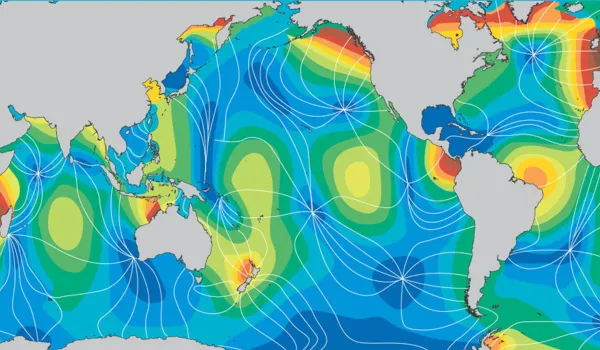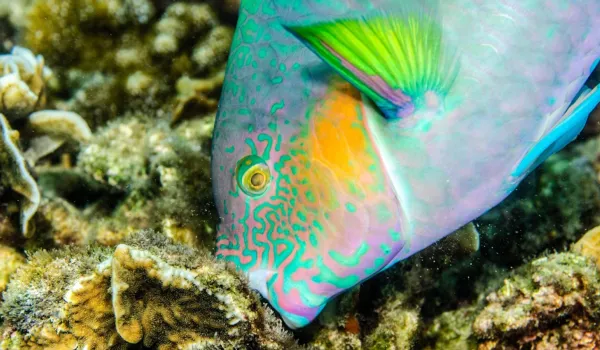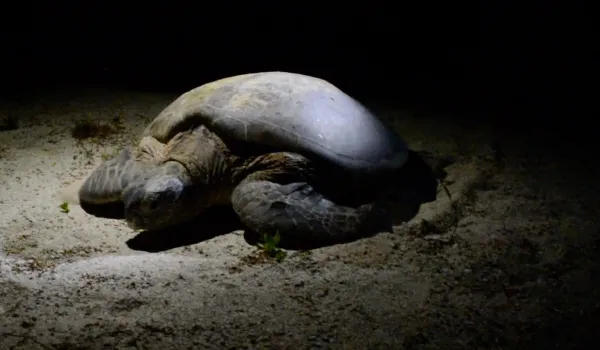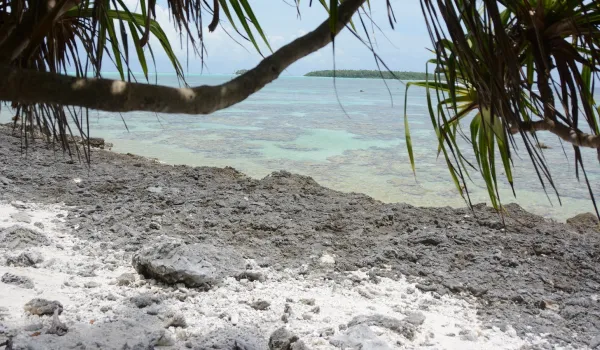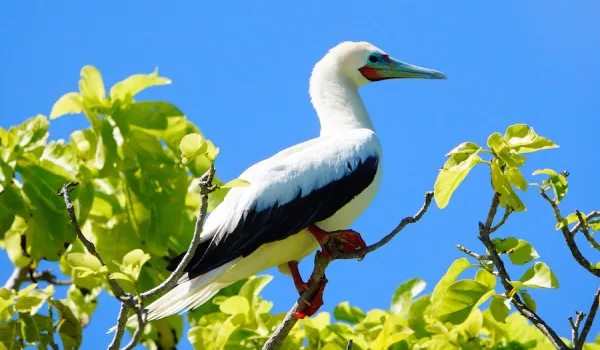Calcium carbonate (CaCo3) is a chemical compound that exists in a couple of crystalline forms (polymorphs), calcite and aragonite. Marine animals and plants take dissolved CaCo3 out of sea water and turn it into its solid form which they use to build their shells and skeletons. Some, like sea urchins, red algae, and sponges use calcite, and others, for instance snails, clams, and corals, use aragonite. When these shells and skeletons break down, the fragments can end up at the bottom of the ocean, or as part of a barrier reef, or shifting around as the sediment of the spectacular white-sand beaches on Tetiaroa. When CaCo3 deposits are found on land the generic name is limestone. The White Cliffs of Dover, Niagara Falls, and most of Florida, are all landscapes created from limestone.
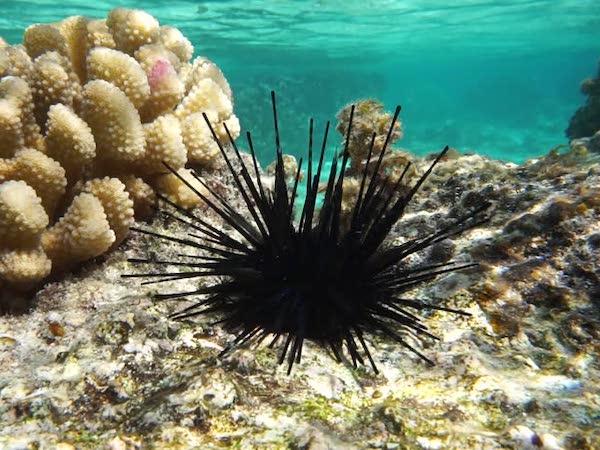
sea urchin
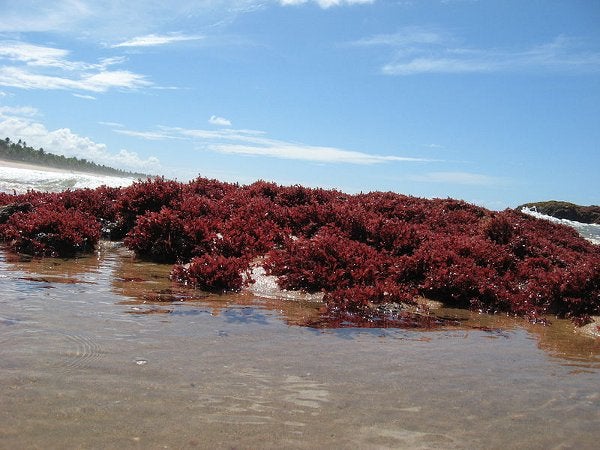
Red algae - photo Leonardo Re-Jorge
snails on conglomerate
Flat-top coral boulder
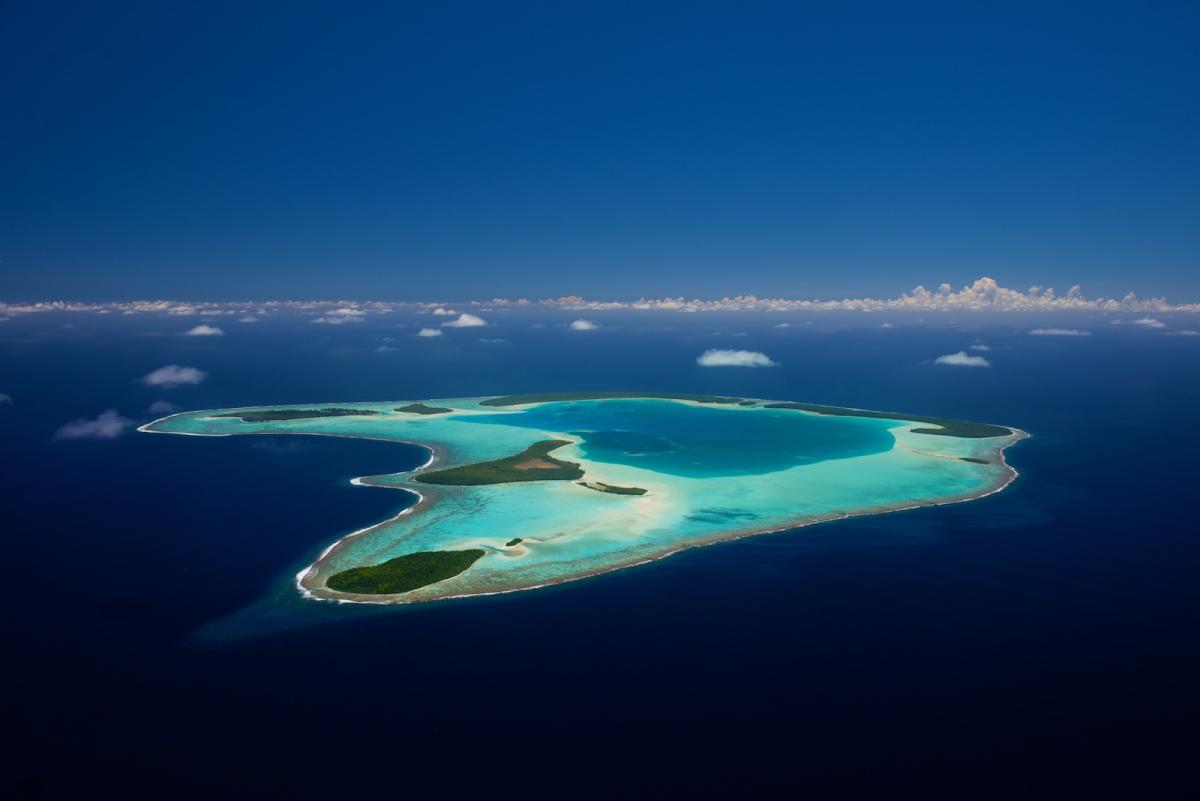
Tetiaroa Atoll
Tetiaroa is a classic atoll with a barrier reef surrounding 12 motu strung out around a lagoon. The old volcano is long gone and everything from hundreds of feet deep to the surface, and all of the land, is calcium carbonate created by marine organisms. If you find a rock on Tetiaroa that is not calcium carbonate then it was either brought there by people or it came out of the sky.
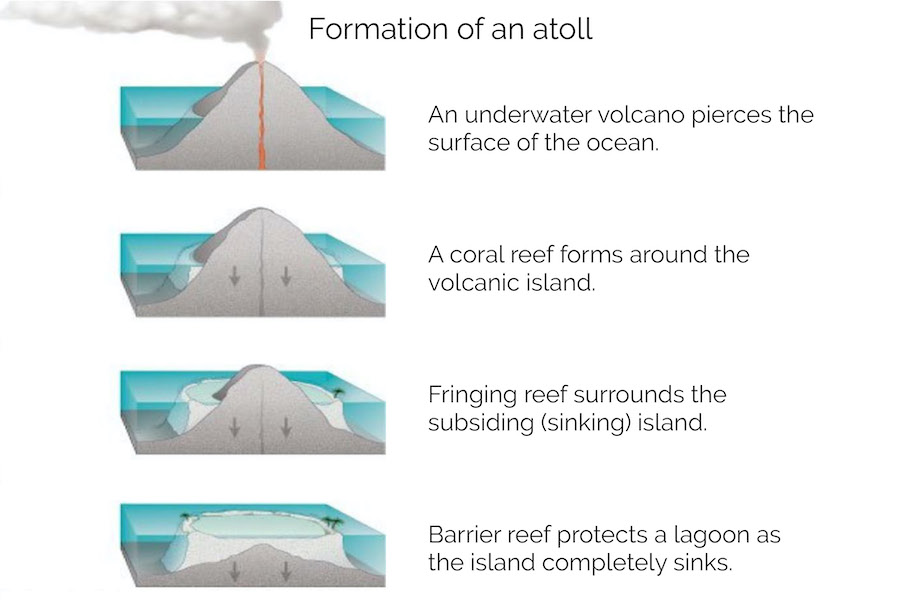
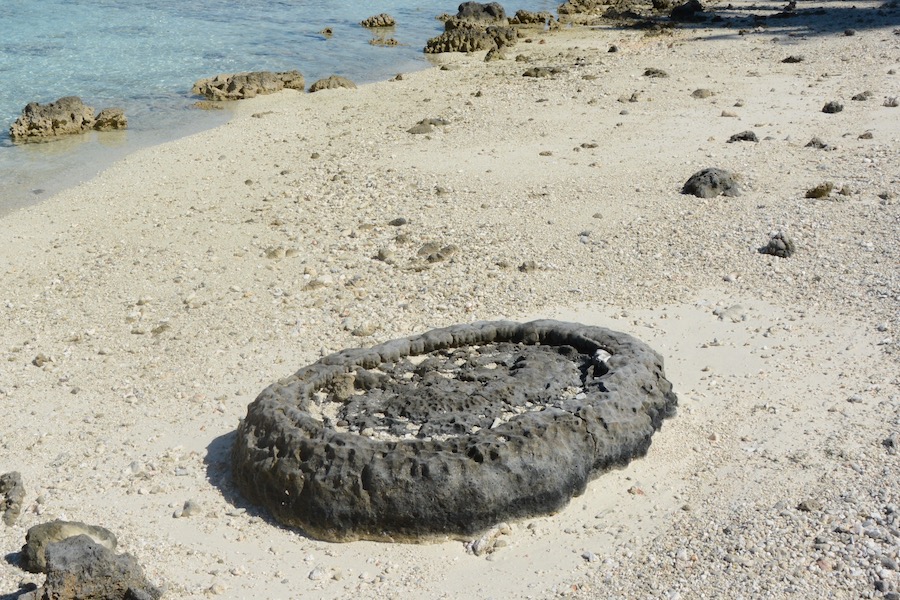
Over time major storm events with massive waves have broken up the barrier reef and rolled huge boulders up onto the shallow backreef area. This process at various scales has deposited the reef material that forms the motu.
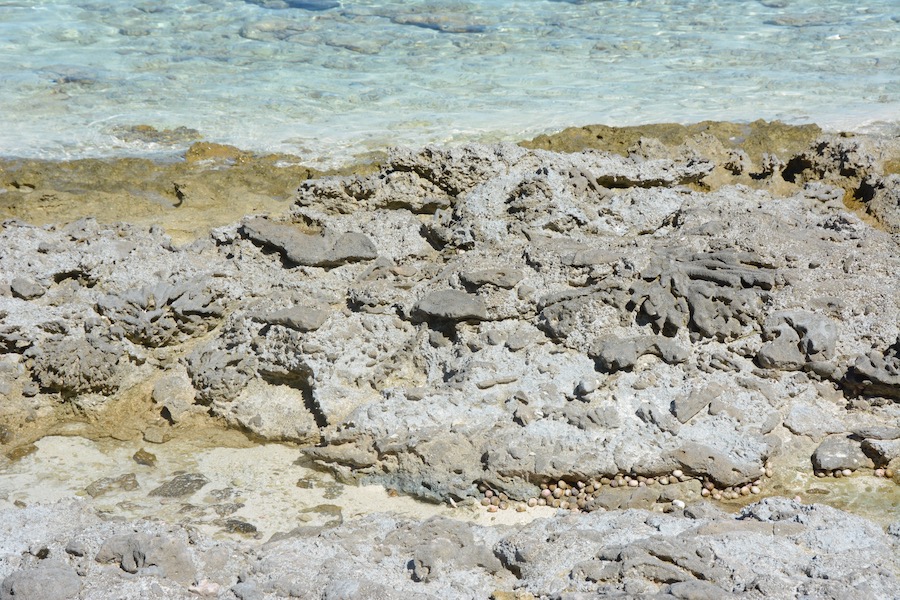
Individual corals and shells are visible in the conglomerate
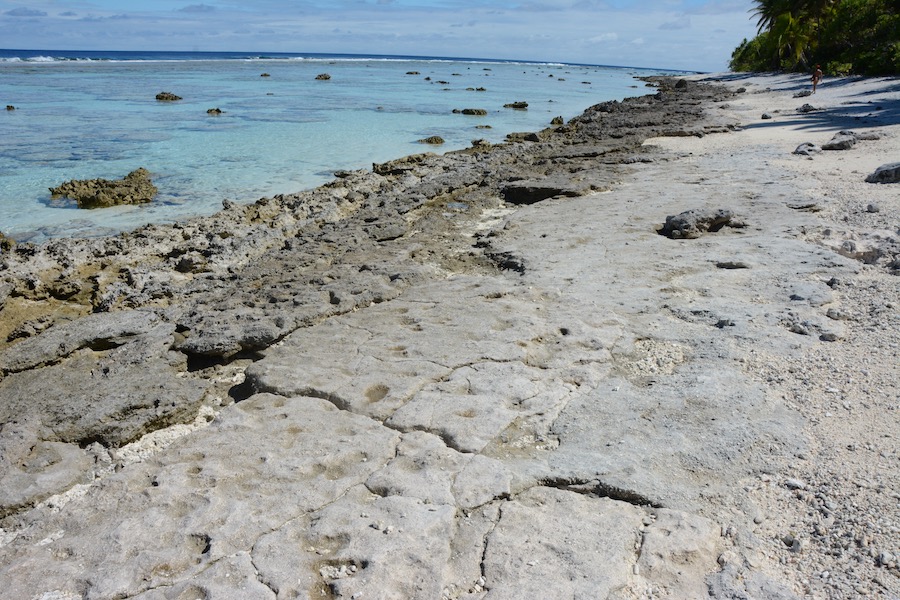
CaCo3, when it repeatedly gets wet and dry from either rain or tidal action, dissolves slightly and then re-cements the particles together to form conglomerate structures out of beach material (called beachrock) or storm debris (conglomerate platforms).
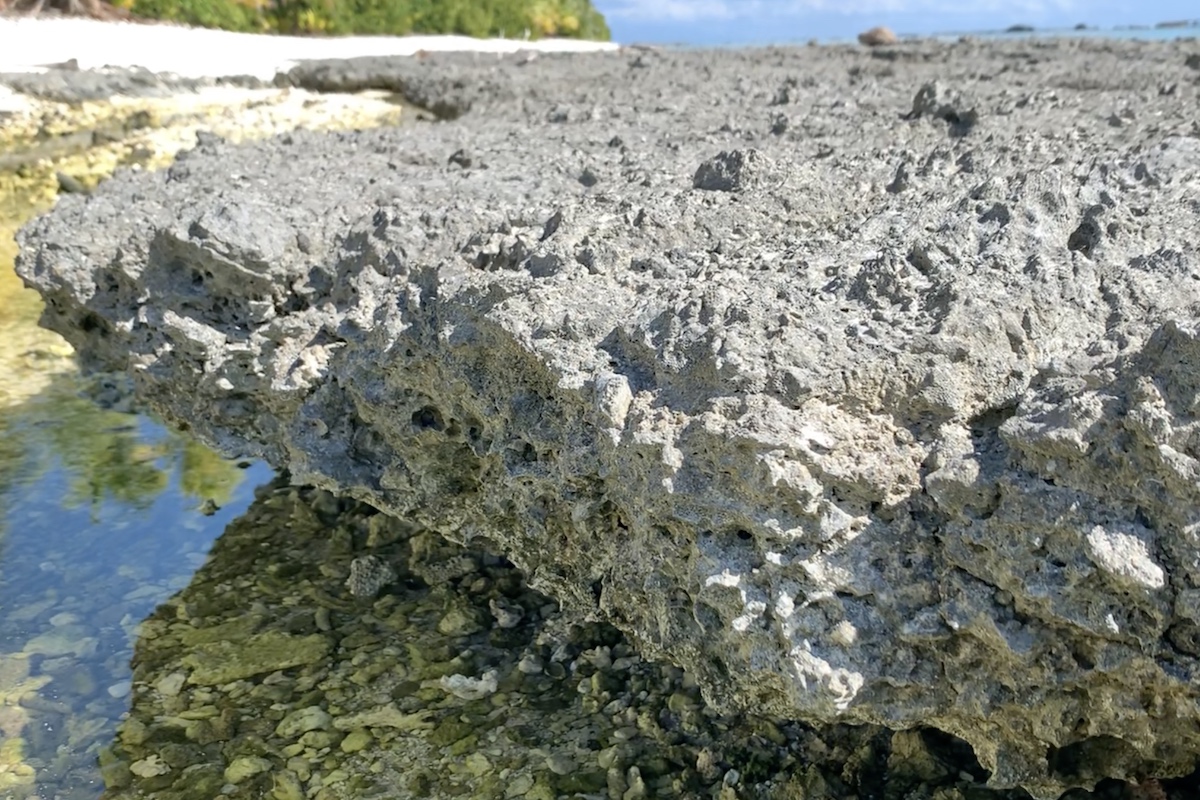
Conglomerate platform
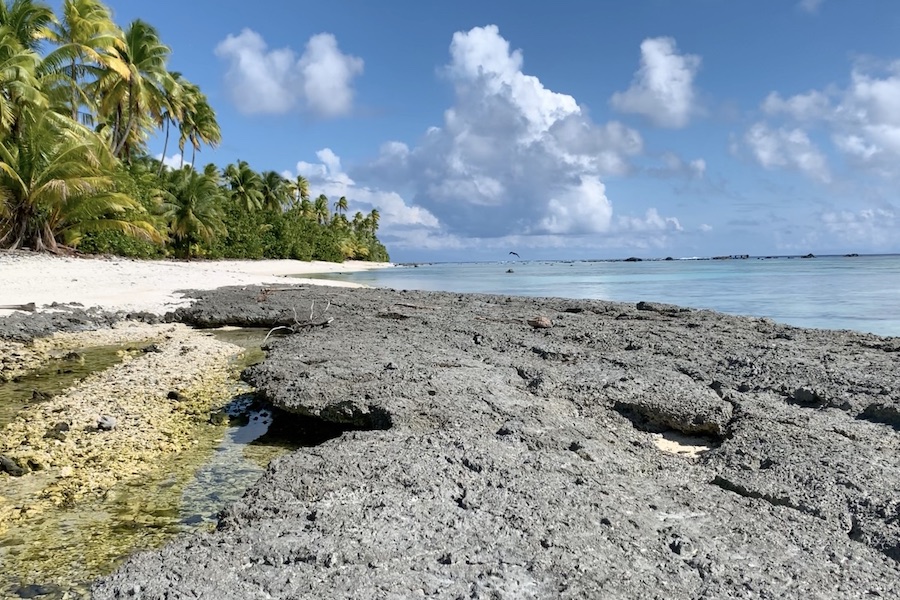
Both beachrock and conglomerate platforms are visible along many of the motu shores including around The Brando resort. If you look closely at these formations you can see the individual corals, or shells, or other material that were once parts of living animals or plants.
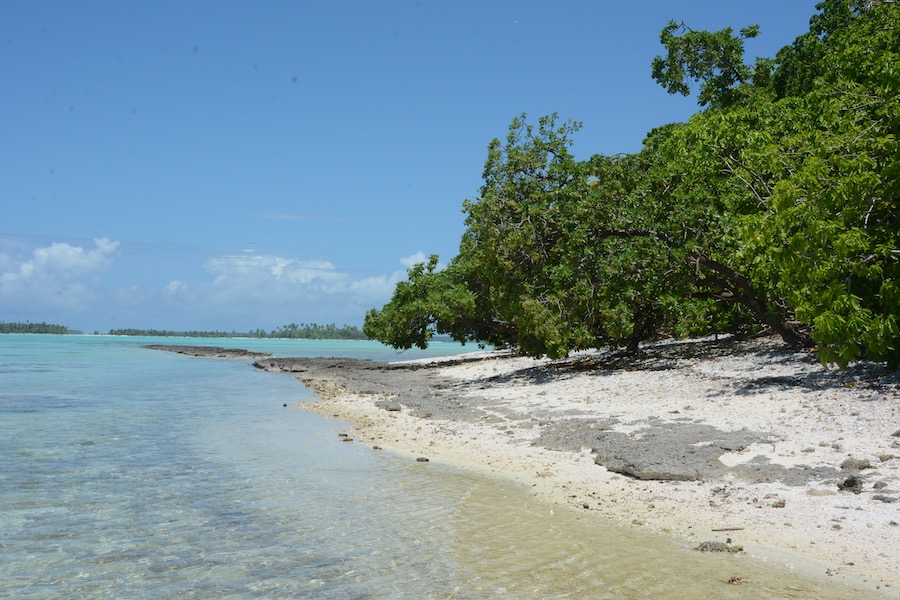
Calcium carbonate photobombs all of Tetiaroa's scenic images.
The construction of an amazing island like Tetiaroa by the chemical wizardry of animals and plants combined with the actions of the ocean has to be one of the great wonders of the world. Charles Darwin was the first western scientist to correctly describe the process by which atolls form and he was also amazed by this. In his journal onboard the Beagle when he was first formulating his theory of atoll formation he wrote:


